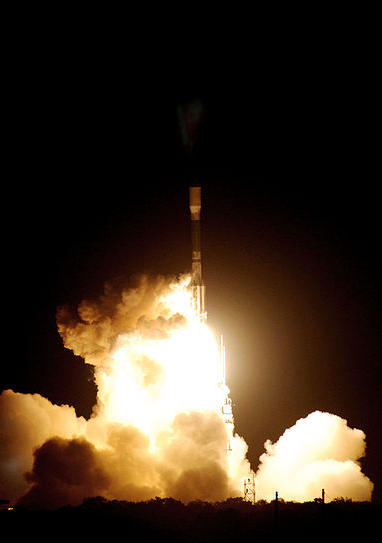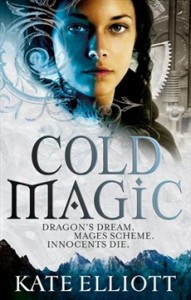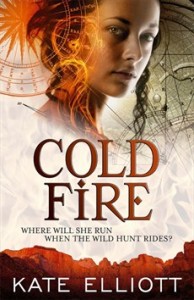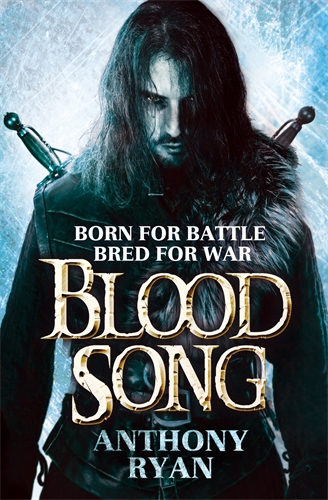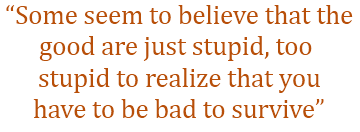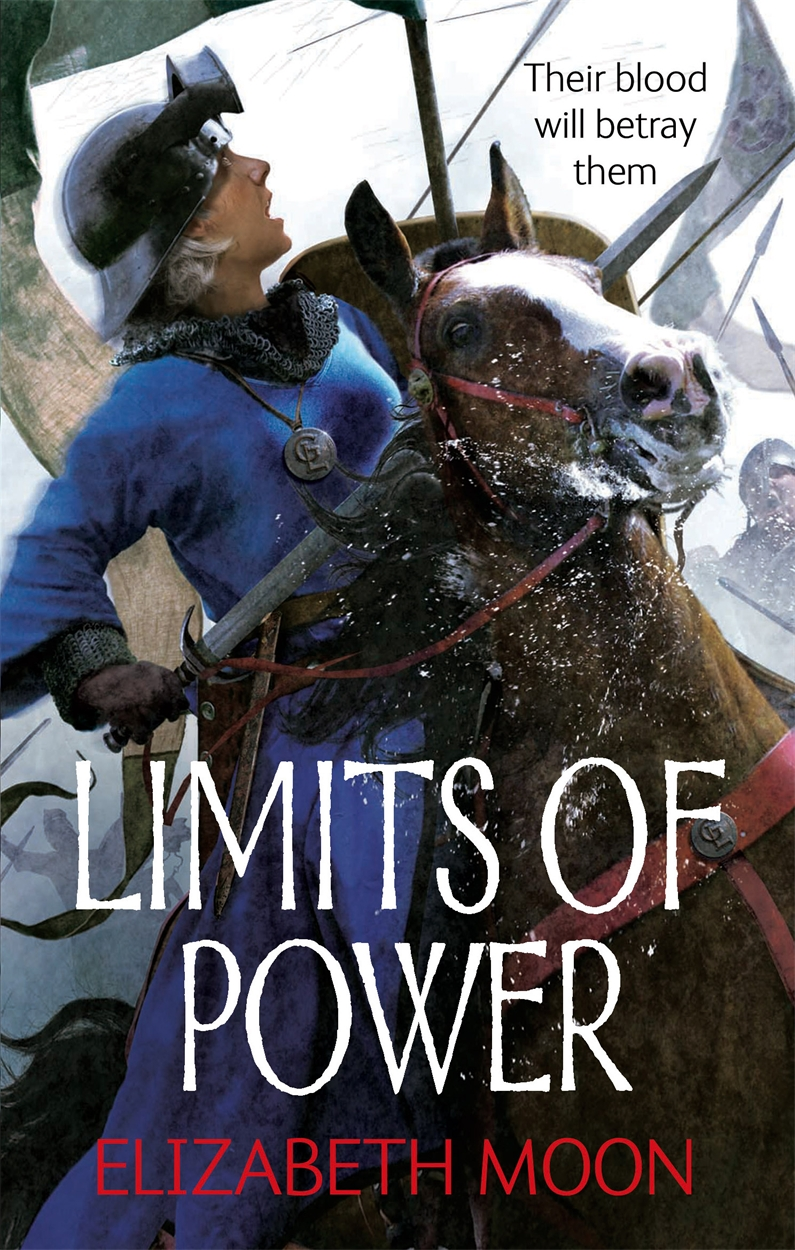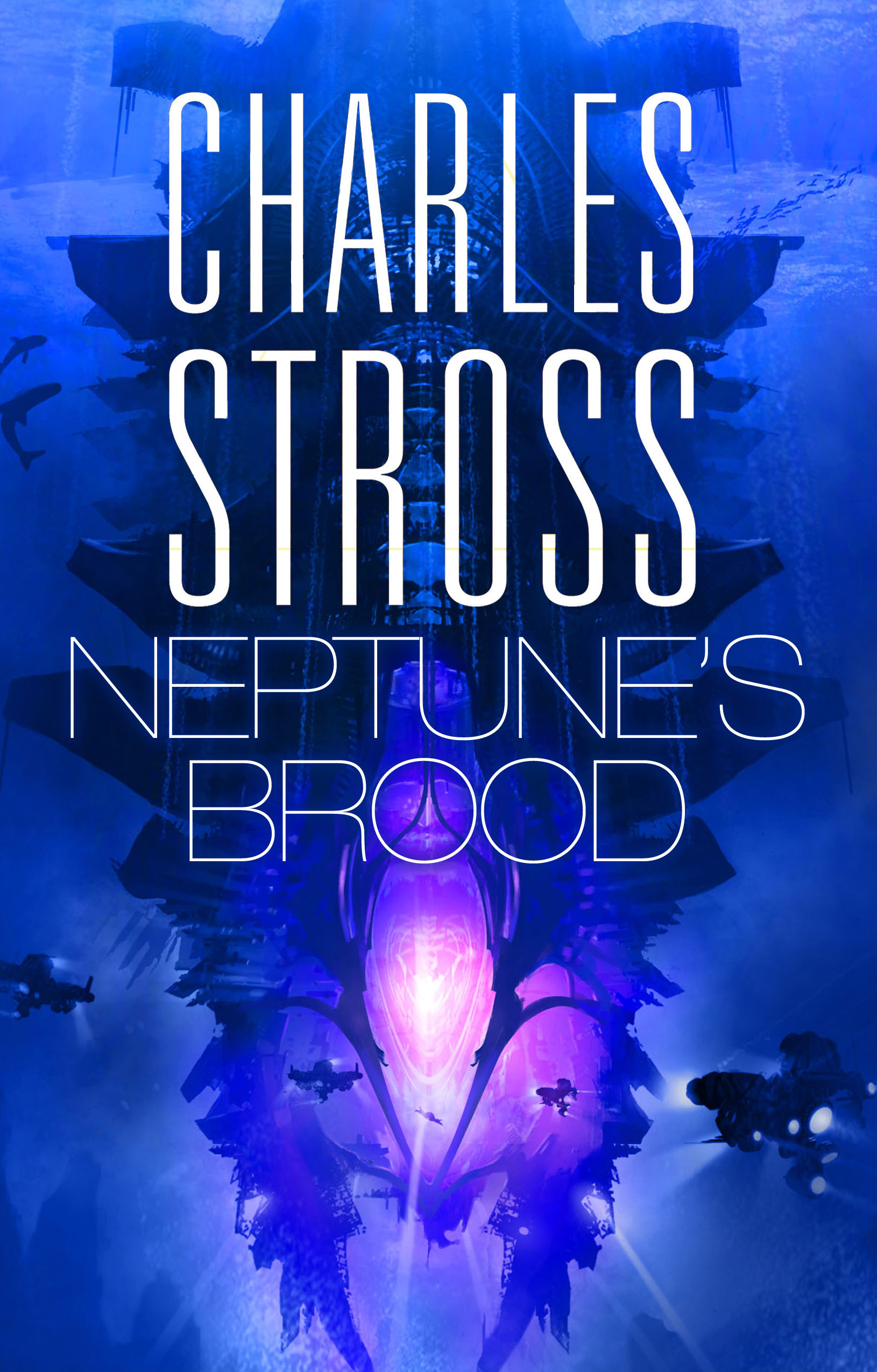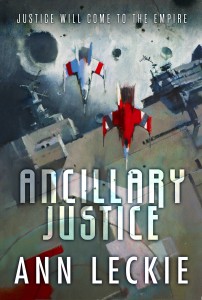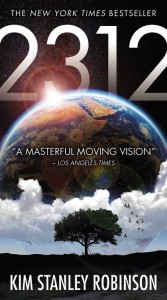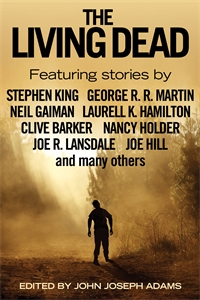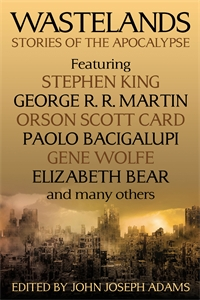Charles Stross on Planetbuilding for NEPTUNE’S BROOD (Part 2)

You can find Part 1 of this piece at this link, posted last week on the Orbit blog.
If you posit a future populated by human beings – or posthumans – who are able to live in space without rapidly dying of asphyxiation or radiation exposure, it won’t be long until you have to answer another question: why would they ever want to have anything to do with a planet, ever again?
Planets are bundles of matter so massive that their own gravitational field smooths out their bumps, dragging them into a roughly spherical shape. They’re so massive that most of their volume is inaccessible, hundreds or thousands of kilometres underfoot when you’re standing on the surface. They’re also a royal nuisance if you are a spaceborne society: it takes an inordinate amount of work to give an object lying stationary on the surface sufficient kinetic energy to overcome its gravitational potential energy, i.e. to put it into orbit.
It seems logical that a space-based civilization would therefore only bother with a planet if it provided resources unavailable in smaller gravity wells, such as asteroids. And the fly in the ointment with this issue is that most planet-bound resources are far too cheap to be worth boosting into orbit. Oxygen? Water? They’re everywhere. Carbon? There’s an entire class of asteroids – carbonaceous chondrites – made of dirty carbon. Metals like platinum? They might be rarer in free-floating rocks than in planets, but in the process of planetary formation they’re likely to sink towards the iron/nickel core while the proto-planet is still mostly molten. (We know from seismic studies that the core of the Earth is not only incredibly hot and under tremendous pressure, but it’s almost certainly made of heavier elements than the upper mantle and crustal rock formations.)
So what can you mine on a water world that would justify the expense of settling its hydrosphere?
The answer depends on how long it is since the planet formed . . . (more…)

